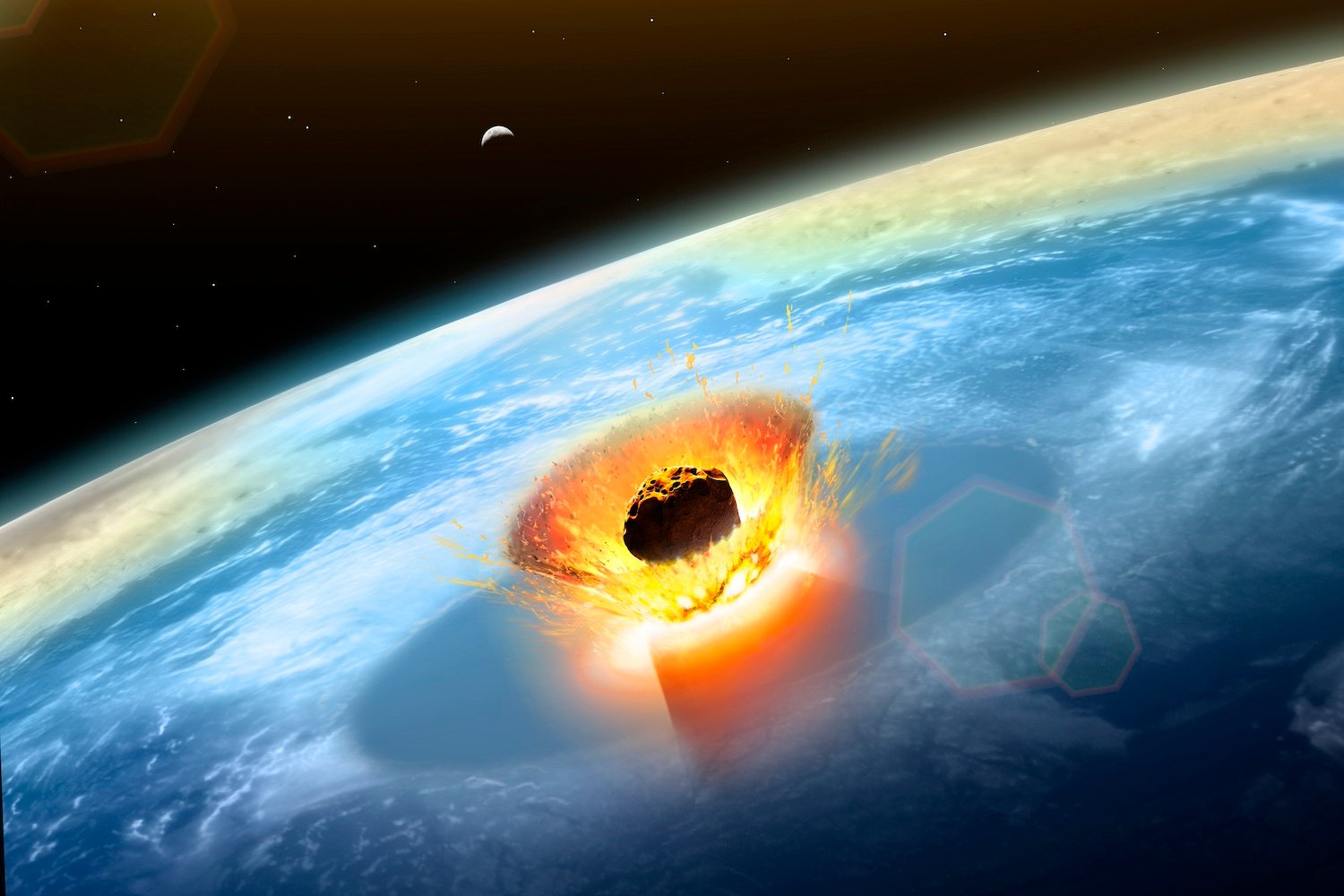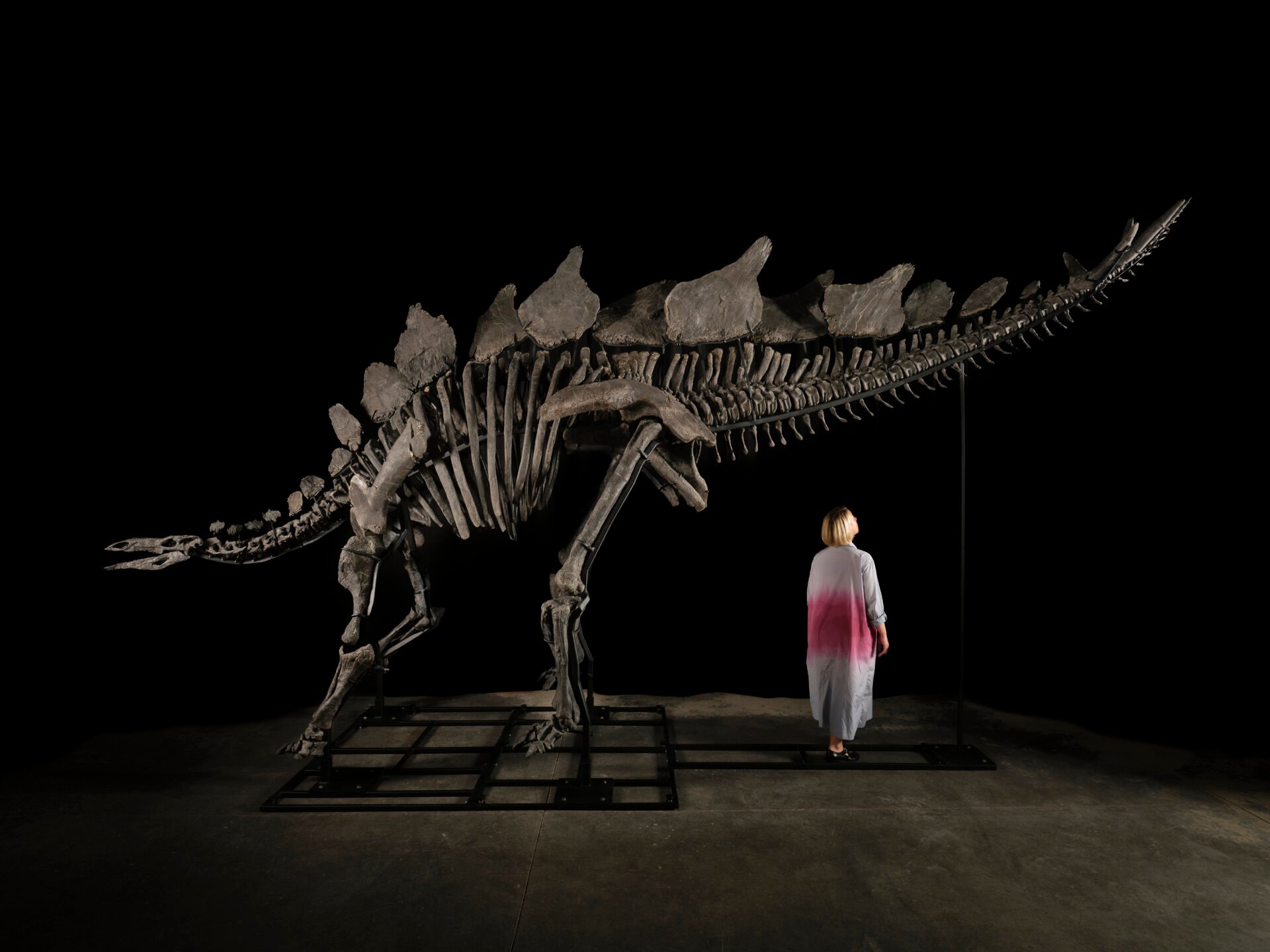A team of paleontologists has identified over 260 dinosaur footprints in South America and Africa that match up, neatly showing how the continents were once joined at the hip.
The footprints were of similar age, about 120 million years old, and were pressed into mud and silt of ancient riverbanks and lakeshores. Most of the prints—also known as trace fossils, since they are merely a trace of the animals that made them—were created by theropods, a group of bipedal, three-toed carnivorous dinosaurs. Some of the most famous dinosaurs included in the sets were theropods like Tyrannosaurus rex and Allosaurus. Other tracks included hundreds of prints belonging to sauropods (think big boys like Brontosaurus) and ornithischian dinosaurs, so-named for their bird-like hip bones.
The tracks were made on land that is now part of Brazil and Cameroon, two countries separated by over 3,000 miles (4,828 kilometers) of ocean. Back then, the land was part of the Gondwana supercontinent. The tracks in Brazil were found in the Sousa Basin, the region of eastern Brazil that fits neatly into the African coastline along the Gulf of Guinea, as many of us were thrilled to discover as kids. The tracks in Brazil are over 3,700 miles (6,000 km) from the Cameroonian tracks, but show that populations of dinosaurs were roaming across the two when they were still joined.
“One of the youngest and narrowest geological connections between Africa and South America was the elbow of northeastern Brazil nestled against what is now the coast of Cameroon along the Gulf of Guinea,” said Louis Jacobs, a paleontologist at Southern Methodist University and lead author of the study, in a Southern Methodist University release. “The two continents were continuous along that narrow stretch, so that animals on either side of that connection could potentially move across it.” Gizmodo was unable to access a copy of the paper, published by the New Mexico Museum of Natural History & Science.
Trace fossils often reveal details of dinosaur life that cannot be learned from the animals’ fossilized bones. Trace fossils aren’t just footprints; they can be scat (poop), nests, and any other vestiges of dinosaurs’ relationship with their environment. In 2021, a different team of paleontologists calculated the speed of a dinosaur based on the footprints it left behind and found the animals could move at nearly 28 miles per hour, about as fast as the world’s fastest humans.
It’s pretty wild to think that these ancient beasts once roamed freely across lands that are now separated by oceans. These footprints are like echoes from a time when the world’s land masses were more connected, and dinosaurs were the undisputed rulers of the land.














